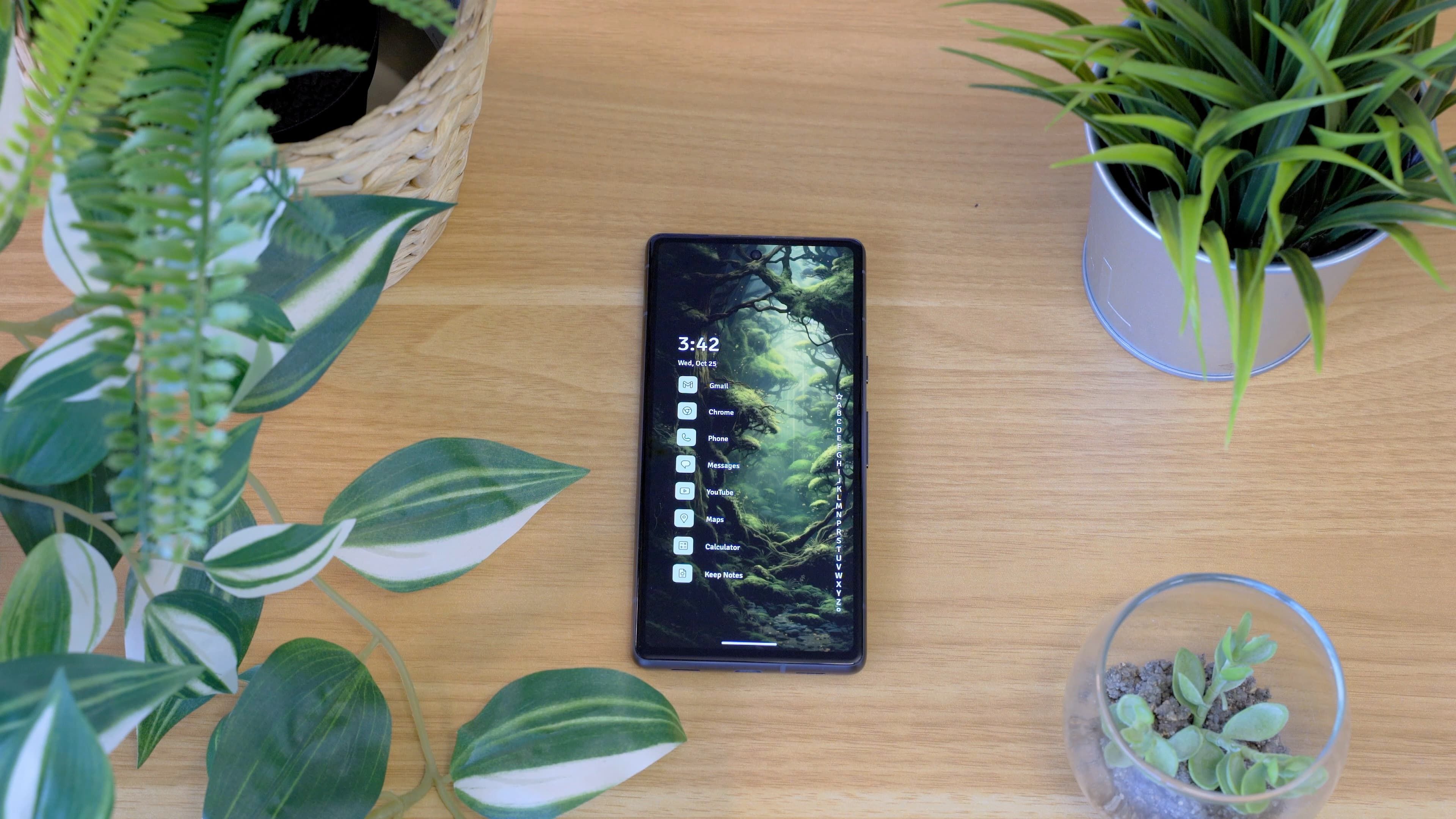Custom launchers used to be a big part of the Android experience. They offered flexibility that the default home screens on many phones couldn’t compete with, from custom grid sizes to icon pack support. I have fond memories of them myself. Nova Launcher Prime was the first app I ever paid for. But the popularity of third-party launchers has declined in recent years. Some of that is due to companies like Samsung adding the custom features people wanted to its own One UI launcher, but much of the fault lies with Google.
Gesture navigation got in the way
In a quest to make navigation more intuitive, Google hamstrung third-party launchers
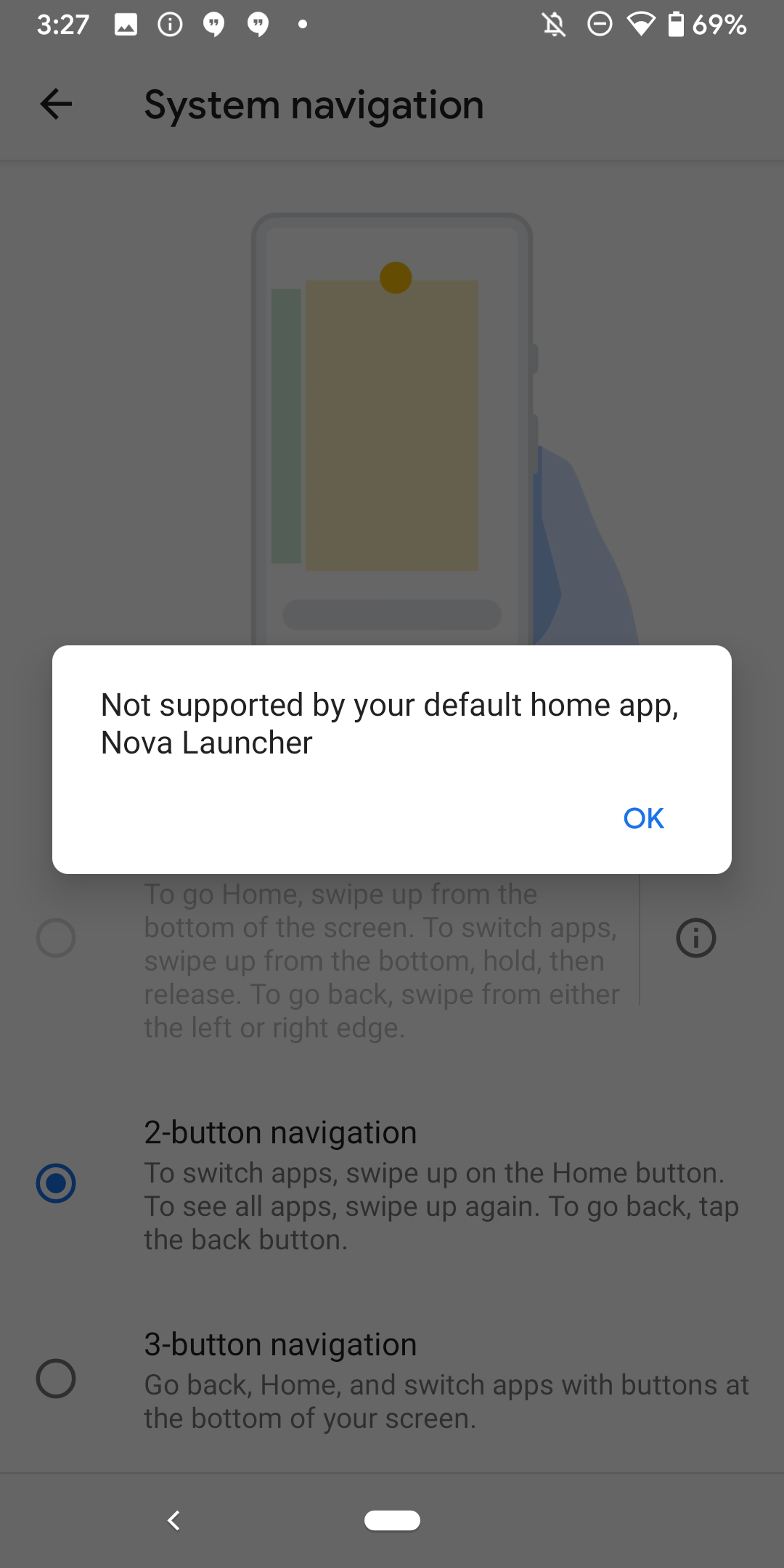
Android 10 was released in 2019, and one of the things we remember it for is the introduction of gesture navigation. The system Android 10 gave us, which we still use today, was a vast improvement over the pill navigation Google messed with in Android 9.0. The navigation system was sound, but there was a significant caveat — it completely broke third-party launchers, and phones would default to the old three-button navigation whenever you switched.
Android 10 came out in September of that year, and to Google’s credit, it had a fix in place in December that allowed launchers to use gesture navigation. However, this was only a solution for Pixels as it came in a Feature Drop. It took time for other Android manufacturers to figure it out, with One UI 2.5 launching in August 2020, nearly a year after Android 10 came out, and it was only then that Samsung phones could use gestures with other launchers once more.
Source: Niagara Launcher
Problems continued, especially with Samsung phones. As the developer of Niagara Launcher pointed out, Samsung users couldn’t perform the swipe up and hold gesture to enter the recent apps screen when using a third-party launcher. Other phones, including Pixels, also had issues, such as the recent apps screen getting stuck, with users unable to leave that screen.
Things are looking up, mostly
These days, most popular phones in the US work well
By 2021, Google had made things right, at least on Pixels. The company managed to fix the lingering issues on Pixel phones over time, making third-party launchers feel almost as good and native as the Pixel Launcher. Whatever first-party launcher submodules needed updating and refining, Google did the necessary work.
It’s taken a long time, but I’m pleased to say Samsung and some other Android manufacturers finally did the same thing. We’re unsure if the change was made in One UI 5 or One UI 6, but the Samsung devices I own, all running 6.0 or 6.1, now have full compatibility with launchers and gesture navigation. It isn’t perfect; the animations for opening and closing apps sometimes stutter and aren’t as pleasing as what you get in Samsung’s launcher, but it’s close enough to be usable.
In addition to One UI, navigation gestures work as they should on devices from Motorola, OnePlus, and Nothing, but other brands aren’t doing so well.
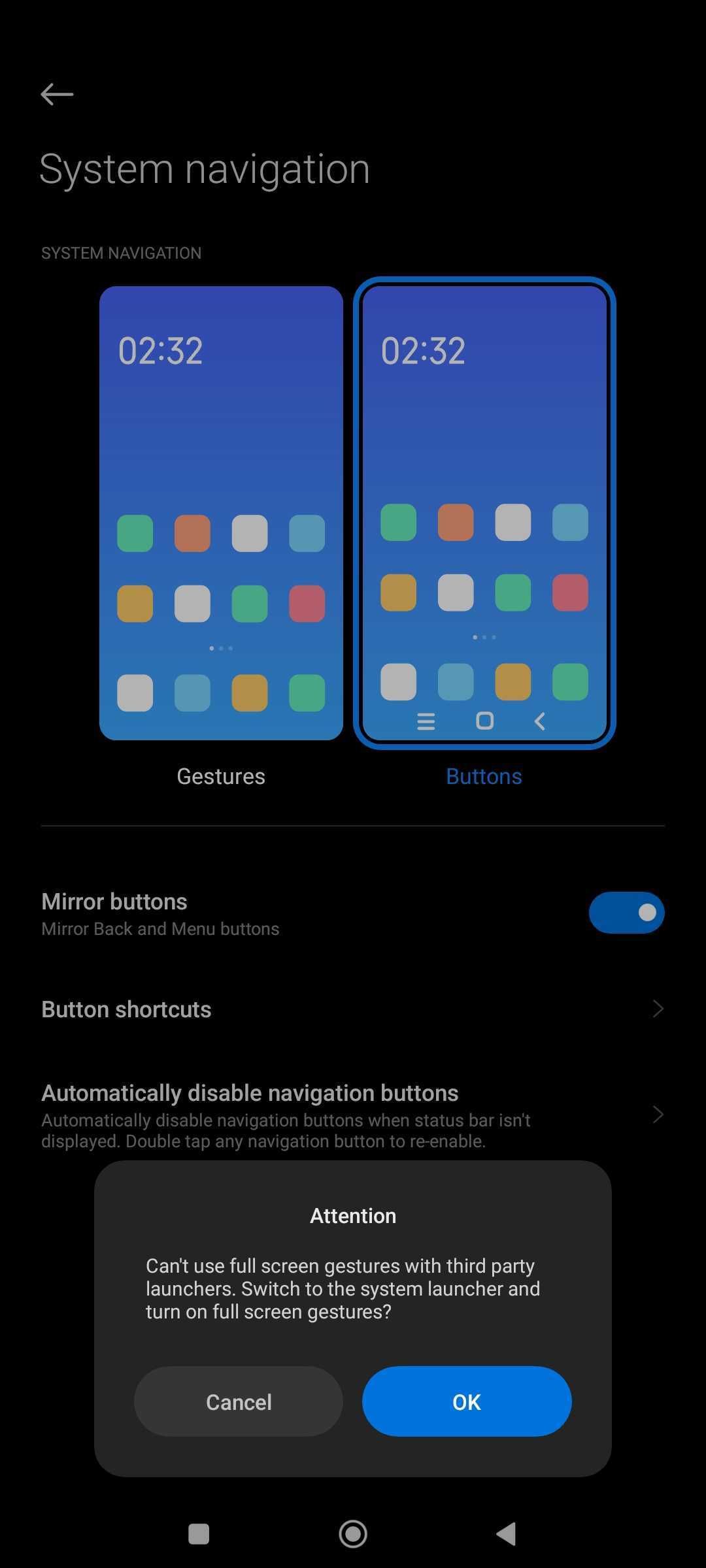
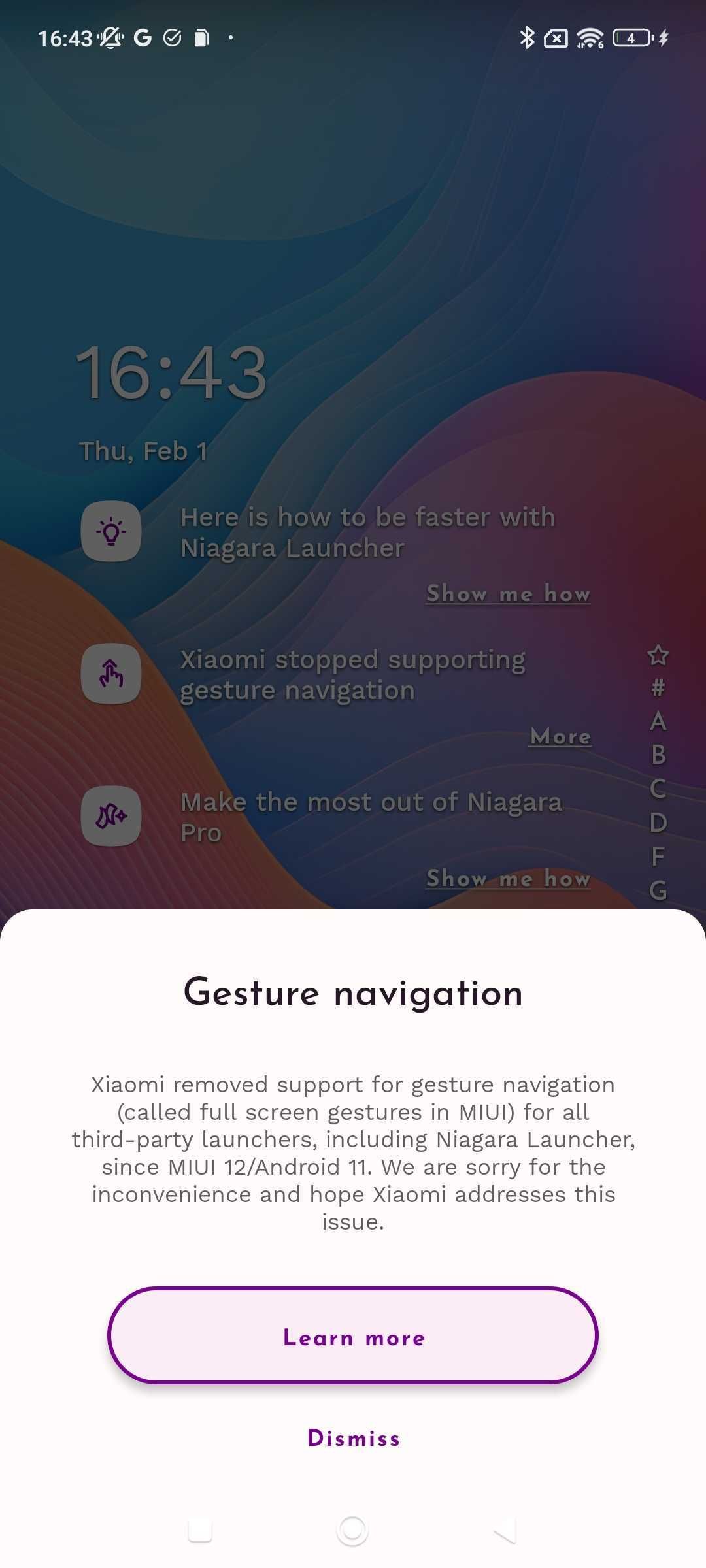
Whether you’re using MIUI or the shiny new Hyper OS Android skin, Xiaomi phones put their fingers in their ears and pretend it’s still 2019, forcing you to use three-button navigation with custom launchers. This is unacceptable from such a prominent Android manufacturer, and you have to wonder why the company refuses to address this issue.
The other brands we tested did better but not great. Honor, Vivo, and Realme all allow you to use gesture navigation with a custom launcher, but with some limitations. You can’t swipe along the gesture bar to switch apps from the home screen. The animations for opening and closing apps also aren’t fantastic on these Android skins, even if they’re much better than what we’ve had on non-Pixels until recently.
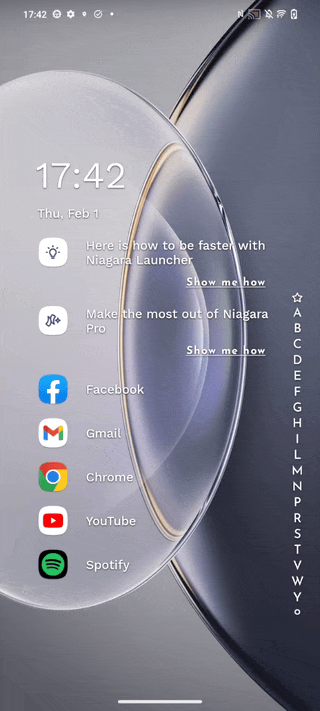
The basics of Vivo’s implementation of gesture navigation work, but you’re losing out on functionality
Too little, too late?
We may still never see a renaissance of custom launchers
Samsung, Google, Motorola, OnePlus, and Nothing are all doing things right, and I hope other brands we weren’t able to test, like Sony, are also. But even if we ignore the companies that miss the mark here, is this overall improvement too little too late? It’s taken years to get to this point, so most people have grown accustomed to the stock launchers their phones come with. Manufacturers haven’t been lazy during that time either, improving their launchers to the point that they have the same features today. In some cases, switching would result in losing out. For example, stackable widgets are one of my favorite parts of One UI, but that feature can’t be used in a different launcher.
I’d love nothing more than for launchers like Nova, Action Launcher, and Niagara to become mainstream again, with people sharing their setups and inspiring each other to create new icon packs, widgets, and launchers. Right now, though, I can’t see that happening.
Source link

